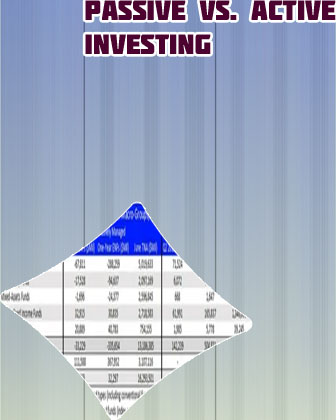|
|
For Investors
Passive real estate investing is when you give someone your money and they do all the work for you. A real estate investment trust (REIT) or real estate partnership where you don’t play an active role are good examples. The key point is that a passive investment requires little work on your part. Long term passive investment Lower maintenance: Constantly tracking the performance of your investments can be time consuming. As a passive investor, there’s no need to check your portfolio several times a day because you’re in it for the long haul. You don’t have to worry about trying to predict the winners and losers in the stock market — you’re simply riding the wave.
Passive investing for beginners
Passive investing through indexing is a brilliant way of diversification. Maintaining a well-diversified Portfolio is essential for investors to successfully invest. Passive investing cons Investors and advisors alike have long debated the merits of active versus passive investing. As the markets have taken a downward turn over the last year in response to rising interest rates, this age-old question has emerged again. 
All Decisions Are Actions
Important legal information about the email you will be sending. By using this service, you agree to input your real email address and only send it to people you know. It is a violation of law in some jurisdictions to falsely identify yourself in an email. All information you provide will be used by Fidelity solely for the purpose of sending the email on your behalf. The subject line of the email you send will be "Fidelity.com: " Passive Investing Disadvantages Passive investing goes back to at least the 1800s, when new indexes such as the Dow Jones Industrial Average gave U.S. investors baskets of stocks they could passively track. The introduction of mutual funds also made it easier to invest passively, as did ETFs more recently.
On passive stock
Keep your students in the know on timely economic issues with Page One Economics. Page One Economics provides a simple, short overview of a current economic event that offers students an opportunity to use close reading strategies. The Teacher’s Guide includes student questions and a teacher answer key, plus additional resources and lesson ideas for classroom, extra credit, or make-up assignments. You can subscribe via RSS feed or email. The Dirty Little Secret of Passive Investing Cremers, Martijn, et al. "Indexing and active fund management: International evidence." Journal of Financial Economics, Vol. 120, No. 3. 2016, pp. 539-560.
|


